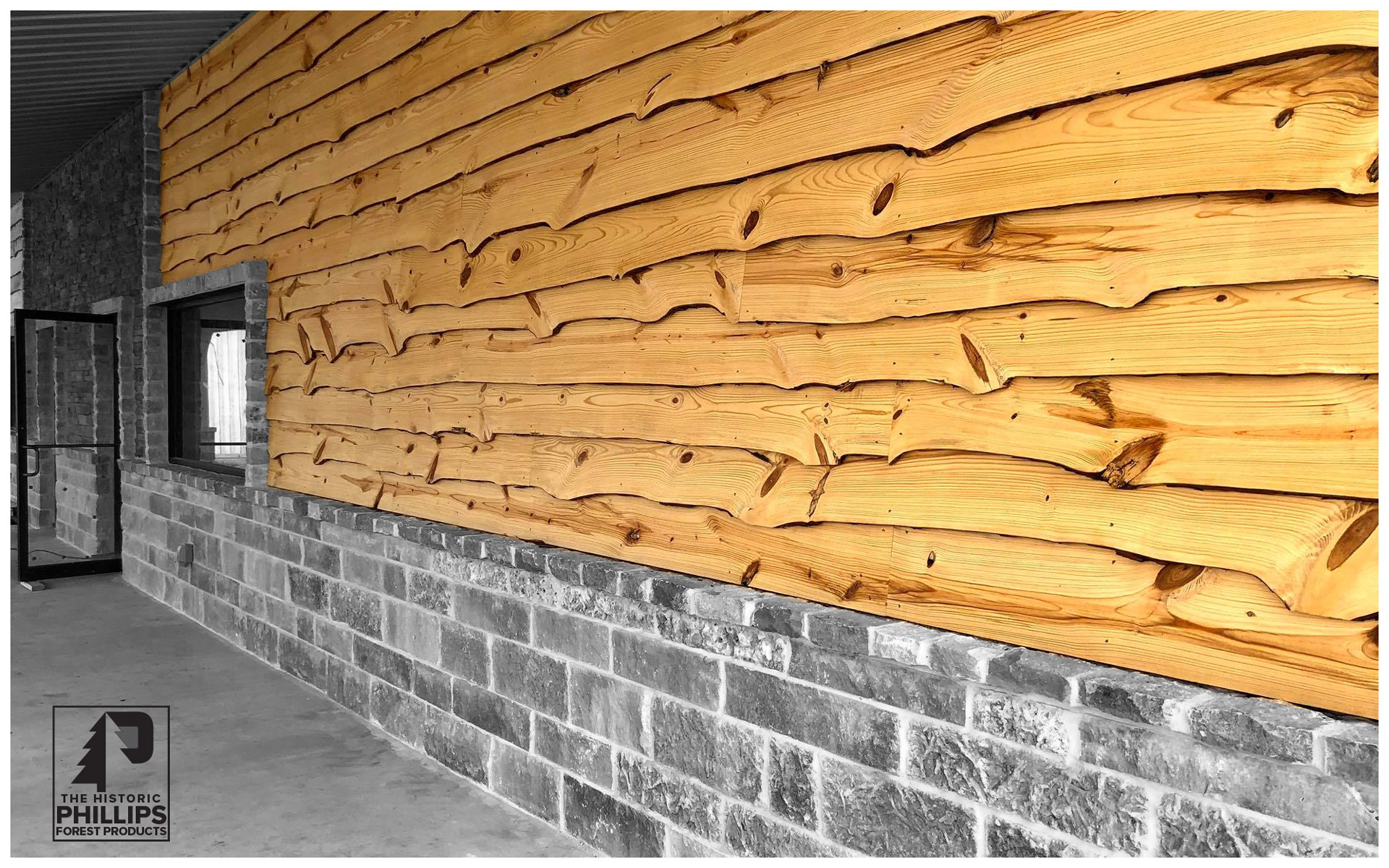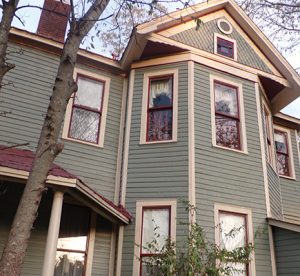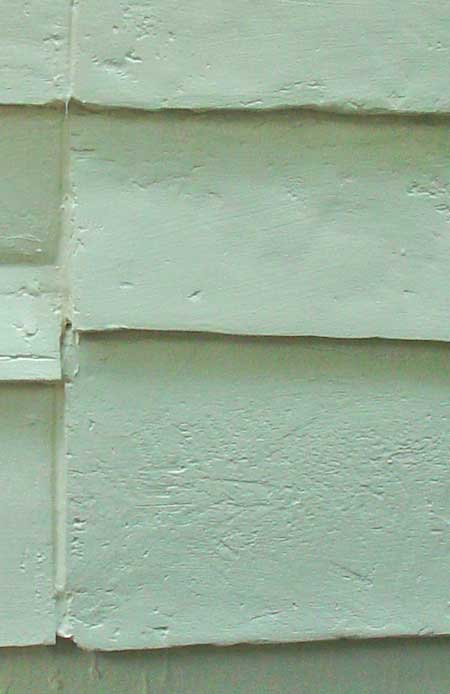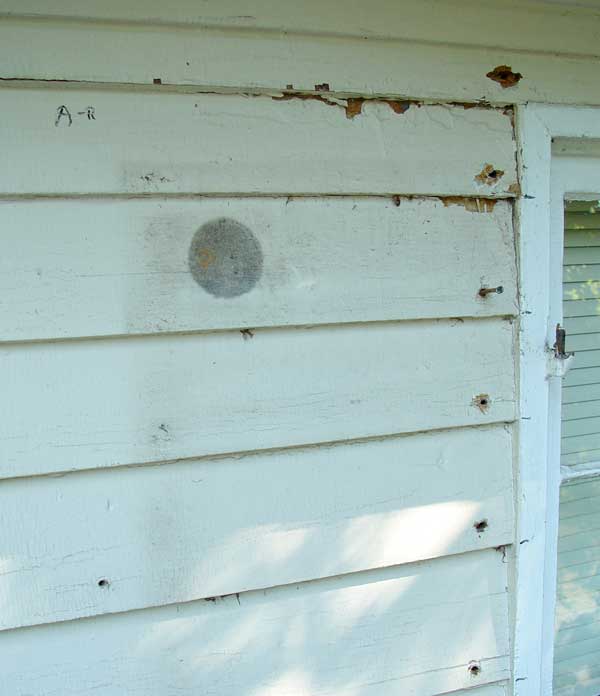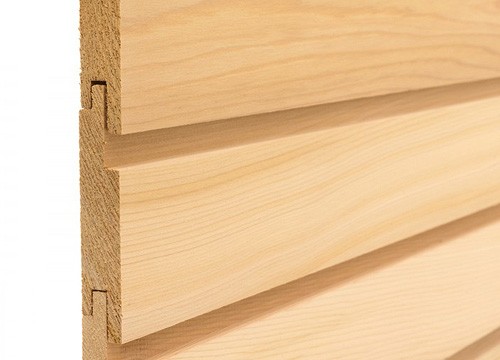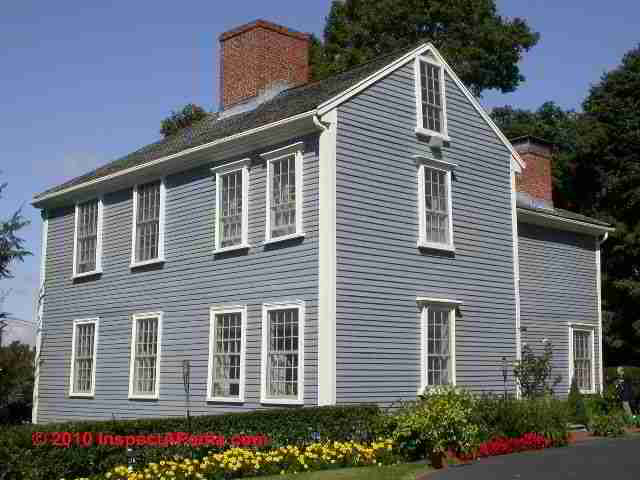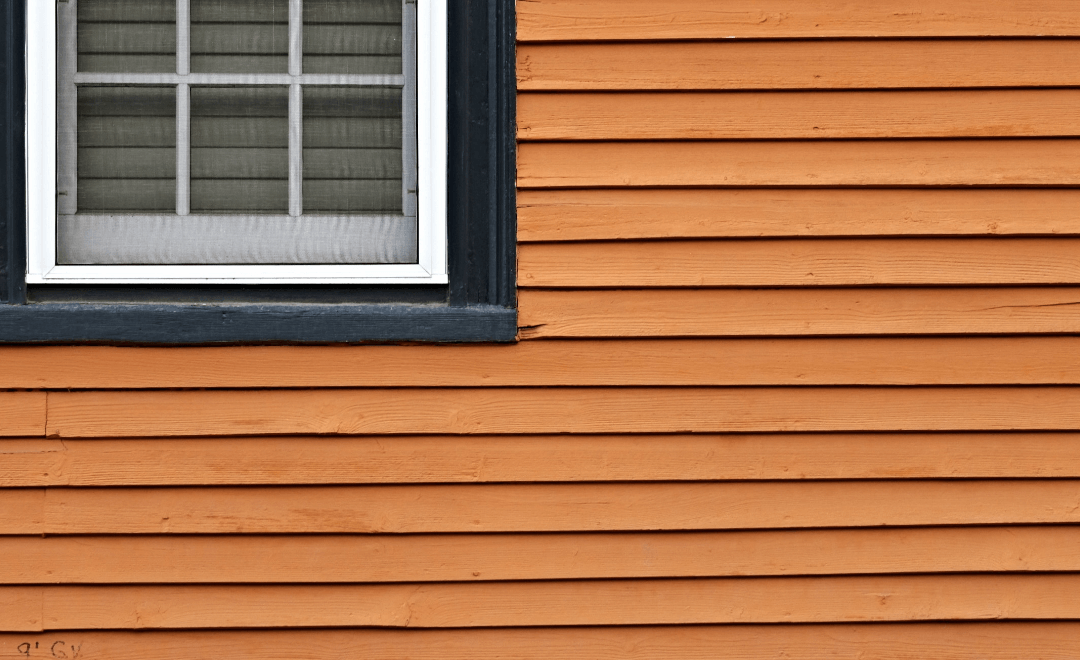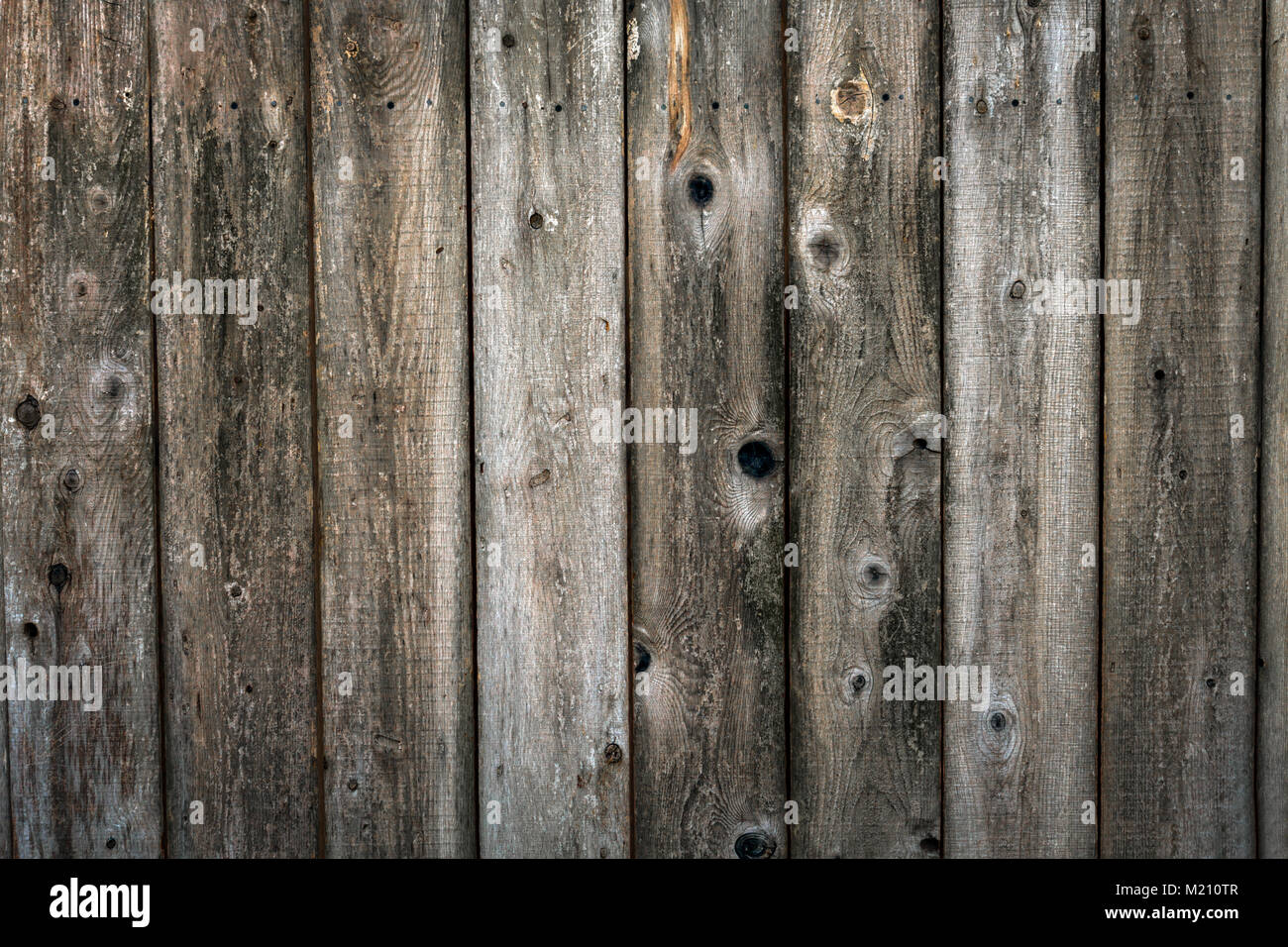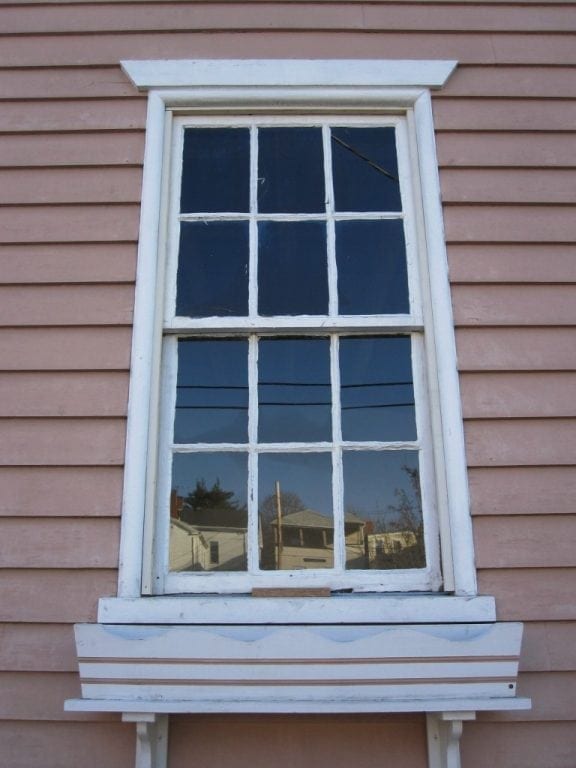Historic Drop Siding

Gordon bock illustrations by rob leanna.
Historic drop siding. In addition we can match any other historical siding or molding pattern in whatever species and grade of wood specified. Any pieces of drop siding that have large cracks or splits will need to be replaced. Drop siding is fairly common on wisconsin houses built between 1890 and 1950. Here are a few samples of siding that we have run although shown.
Instead it is edge matched with a shiplap or less often tongue and groove so that it installs flat on wall framing even without sheathing. Beaded ceiling 1 x4 1 x6. Water exposure had caused wood rot on the original siding on this home in a national historic district. Lengths 8 16 shiplap 8.
None of my local home improvement centers offer pressure treated weatherboard. Historic wood siding exhibits rich and varied surface textures. The second alternative to fixing the problem would be to purchase 105 weatherboard siding that is milled out of pressure treated lumber. Drop siding is made primarily of pine and occasionally fir cedar hemlock and rarely cypress.
Drop siding that could finish a wall without sheathing was ideal for temperate climates making it a favorite for the ubiquitous bungalows of the 20th century. Lengths 8 16 pattern 105 drop siding 6 8. Each piece of drop siding is around 3 4 inch thick and has a deep cove running along its top edge. The siding is the largest visual part of any structure.
If your historic house or building has drop wood siding you may occasionally find cracks or splits in the wood. Dutch lap or german siding is a type of drop siding which unlike clapboards is non beveled and not lapped in installation. Lengths 8 16 bevel siding 6 8. Coved siding was popular by the 1880s.
Historic drop wood siding can become very brittle over time so removing a damaged piece is a bit like a surgical process. This planning process is a sequential approach to the preservation of historic wood frame buildings.



